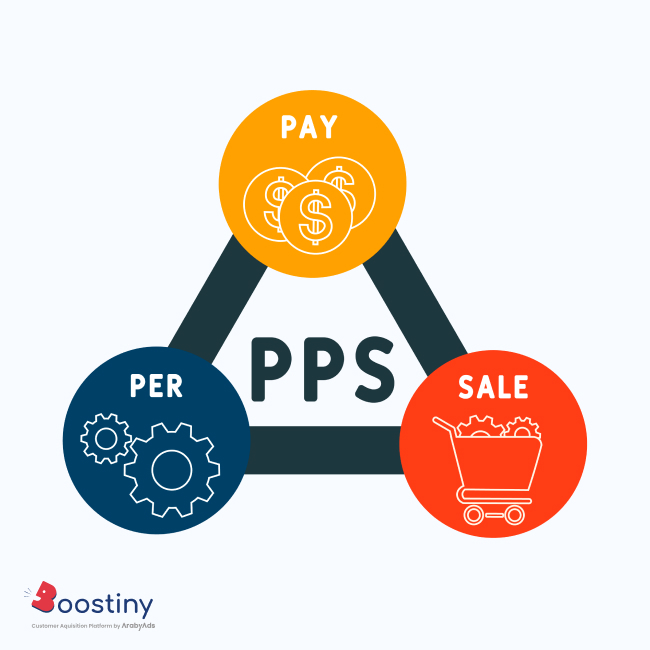Pay per sale (PPS) is the standard payout model in affiliate marketing. The affiliate is paid a commission, a percentage of the product’s sale price, or a flat fee by the merchant if their affiliate marketing efforts lead to the consumer buying the goods. It is up to the brands and affiliates to determine the fair commission percentage. Top retail companies and e-commerce brands use the pay-per-sale method to compensate their publishers. For advertisers, it is among the top or most favorable payout methods, while for the publishers, this option doesn’t seem very lucrative because getting the consumer to complete the purchase is far more complex than sending referrals to the partners.
This payout method does not require any upfront investment on the merchants’ part; they only pay their partners once the purchase is completed. The pay-per-sale process is also immune to affiliate frauds like false online traffic and wrong customer leads or leads that do not convert.
Benefits of PPS
No upfront investments: The most significant benefit of PPS for advertisers is that they do not have to make upfront investments to the affiliates and only pay when the publisher has helped them make a sale. Also, the whole activity is easy to execute. Advertisers usually provide the creatives and the technology to calculate the fee to the publisher, and the program kicks off.
Improves ROI: Although it requires little investment initially, it can generate better ROI for the publishers in the long run. Publishers who have a deeper understanding of their audience, shopping behavior, likes and dislikes, and regularly churn out authentic content can generate massive revenue from the PPS model. Because they have a sticky consumer base with whom the publishers have forged a relationship based on trust.
Also Read: The most popular payout models in affiliate marketing to scale your business
Improves productivity: With the PPS method in place, it encourages advertisers to enhance their productivity and sales funnel, to get the maximum benefit from their affiliate marketing program. For example, when a publisher sends the traffic from its website to the merchant’s website, advertisers must make sure that their website is optimized to close the deal. As much as the publisher wants their audience to purchase on their partner’s website, the partner also wants the consumer to complete the purchase cycle. Moreover, the whole activity will allow the brand to understand the areas where the business needs improvement, and they can take corrective measures.
PPS Best practices for advertisers
Advertisers should focus more on converting the leads coming from the publishers rather than investing time in managing those leads. To make this happen, they should look to automate their lead generation process, resulting in brands maximizing sales.
Besides, efforts should be made to create a seamless user experience for the consumers who have been sent through affiliate channels to your website. Ensure that the landing page has a great look and feel, provides all the relevant information, and guides the user to complete the purchase without any challenge. Ease of navigation will help brands to convert maximum leads without breaking into a sweat.
Apart from the above mentioned best practices, publishers should pick products that are in high demand throughout, and consumers will jump to buy them wherever they see a good deal or offer. This way, they can be sure that their affiliate marketing program will earn them good revenue while increasing their consumer base in the long run.









